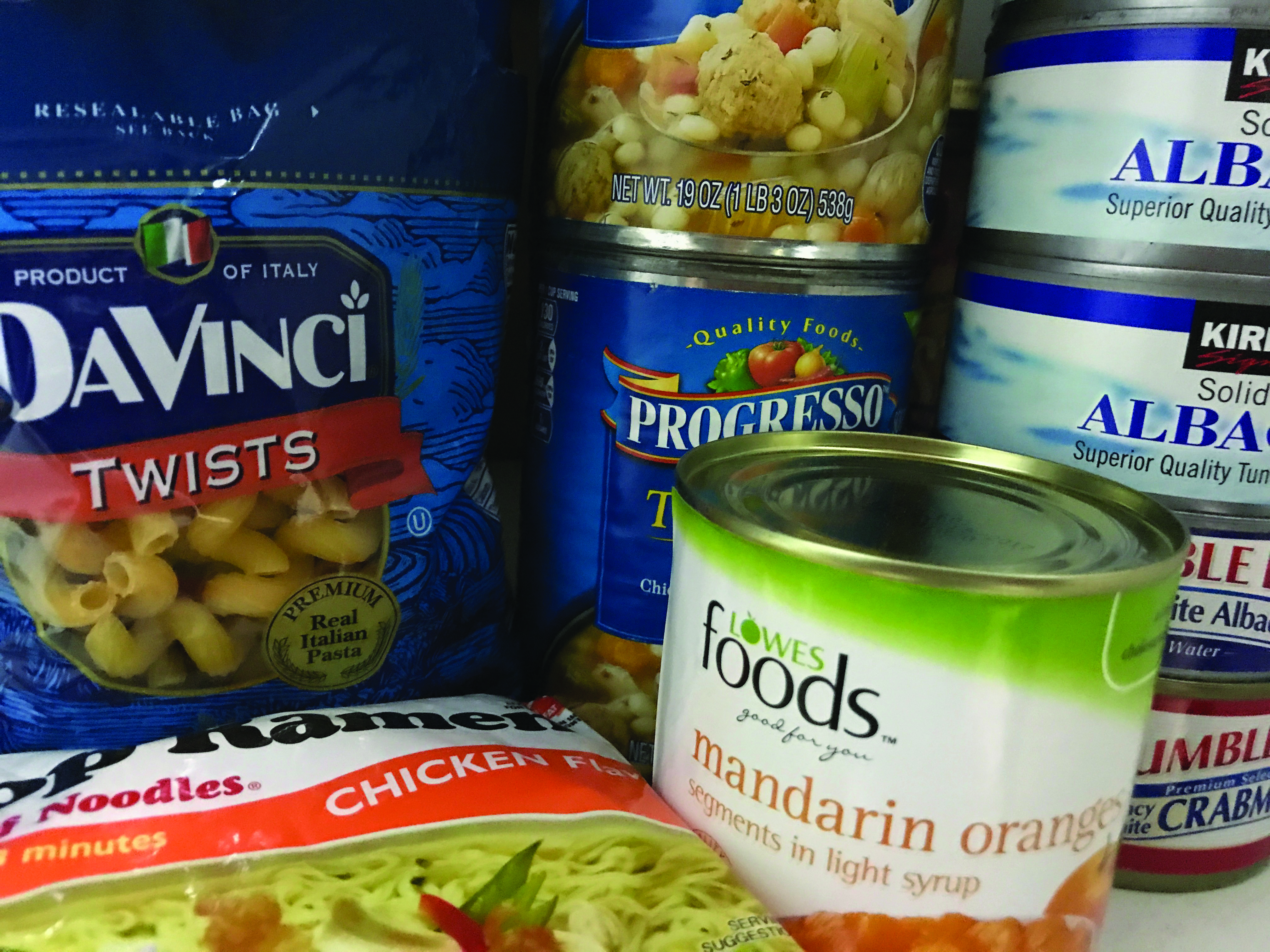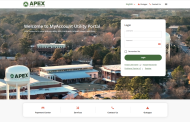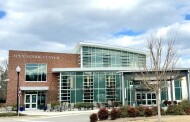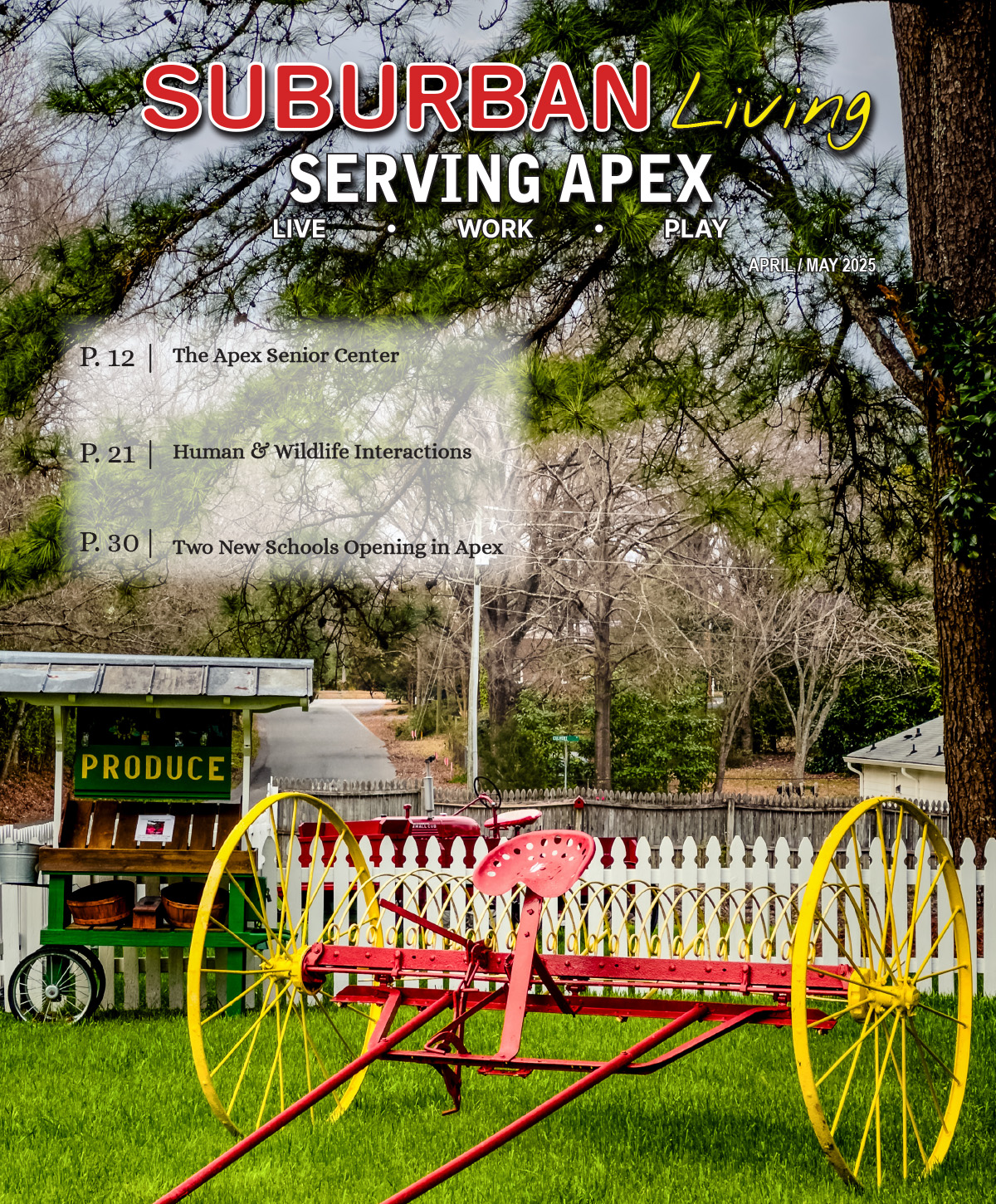There’s a reason why international organizations that fight hunger feature young children in their advertising campaigns. The sight of hungry little ones tugs at our sentiments and makes us feel inclined to donate to those organizations. Hunger isn’t just an overseas issue, however. There are hungry families everywhere, even in the Apex area. And there’s always a chance that if there’s a hungry child in the family, that child has an older sibling who is hungry as well.
What if that older sibling passes your teenager in the halls every day at Apex High School?
It’s not uncommon for high school students to complain about their home life, but hunger is a sensitive and deeply personal issue. Teenagers aren’t likely to admit that there isn’t enough food at home to feed their family. Breakfast and lunch in the cafeteria provide nourishment on school days, but what about dinner? What about meals on weekends? Over the holidays? During spring break? And then there’s the long summer.
Many area elementary and middle schools have been receiving help for years from organizations that fill backpacks with lightweight, easy-to-open food items. At the high school level, however, assistance had been hit-or-miss and the need was just as great. (Some might say even greater given the academic and, for some, athletic rigors of a high school schedule.) At Apex High School, in particular, guidance counselors knew of students in need and they wanted to help.
In spring of 2016, the high school’s Student Assistance Program coordinator, Michelle Pittelli, contacted a local church to ask about the possibility of collecting food for students needing assistance. Dana Hall, Assistant Youth Director at Apex United Methodist Church (AUMC), agreed to help. “It seemed like a perfect fit,” says Hall. “It was an opportunity for our youth to help. Even if they don’t go to high school with them now, they could’ve gone to middle school or elementary school with these kids.”
Hall started the food drive as a service project for the church’s confirmation candidates and expanded the collection to include the youth programs. Week after week, she delivered food to Apex High School. At first, everything was kept in a drawer in Pittelli’s office but the supply quickly grew to fill a closet in the student services office. Some deliveries were more substantial than others and Hall recognized that the collections needed to be more constant. She advertised in the church bulletin and newsletter and spoke to a morning Bible study group that began bringing bags of food to every meeting. “They have a laundry basket on the table and they fill it up to overflowing every Monday,” Hall says. If the pantry was particularly low, Hall would take monetary donations she received and shop at Food Lion to quickly restock the essentials.
The need for a high school food pantry was eye-opening for many people, including Becki Leeland, the Director of Missional Discipleship at AUMC. “Hunger happens at every age. There’s not an age limit. That not only hit me, it hit hard for some of our youth. They might know someone who isn’t going to have food in their home for the weekend. We’ve supported the [younger] children, but when they get to high school, they’re still hungry.”
The food collections kick into overdrive at certain times of the school year when students will be out of school for extended periods of time. Before Christmas and spring break, for example, the teens are given everything the pantry has to offer. Less time at school means fewer cafeteria meals and more meals to cover at home. Then, of course, the need is huge to re-stock before the kids return after the break.
Some backpack programs are particular about amounts and kinds of foods, and container types and sizes, they send home with younger children. For the Apex High School Food Pantry, the main restrictions are glass items and perishable or crushable foods. There are countless options for appropriate and desired food items for high school students. Some of the more popular items include canned proteins such as tuna fish and chicken; chunky soups that contain vegetables and meat, individually packaged fruit cups; microwaveable ravioli, ramen noodles, or macaroni and cheese; and other similar meals that are quick and easy to prepare. And, of course, peanut butter. Hall adds that grocery store gift cards are an excellent way to feed the students and protect the privacy of the ones uncomfortable with taking food home. “They’re able to take the gift cards and go to Food Lion and buy the things they need.”
It’s true with every giving situation—even a small contribution can make a big difference. The Apex High School Food Pantry is no exception. A can of vegetables is, for many people, something we add to our dinner table almost as an afterthought to round out a meal. For some local Apex students, that same can of vegetables might be their meal for the day. “Apex is a great place to live,” says Leeland, “but there are real hurts and needs and folks who are struggling here.”
Leeland and Hall have high praise for Pittelli’s efforts. “She knows these kids,” Leeland says. “She knows their stories. She knows what they need, whether it’s extra spaghetti sauce and pasta or if they have food allergies. She pours her heart into helping them.” Hall adds, “We got the invitation to help and we’d love to keep them overflowing with food.”
If you’d like to help keep the Apex High School Food Pantry overflowing, contact Dana Hall at dana.hall@apexumc.org.









